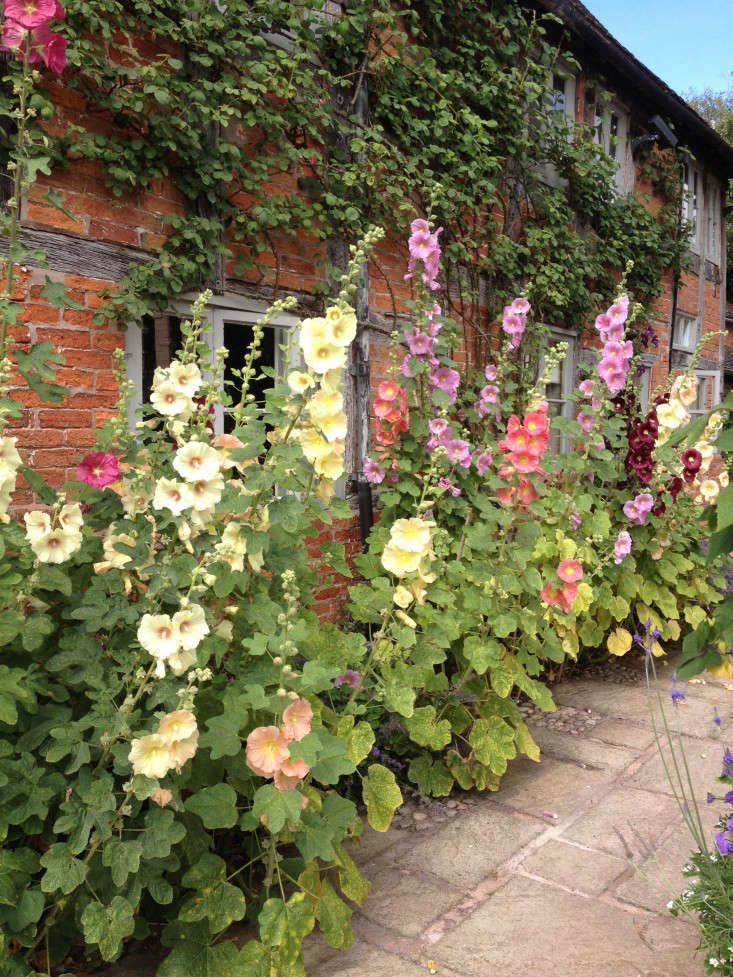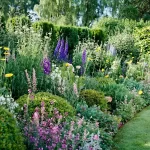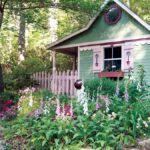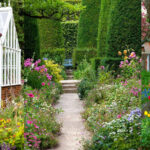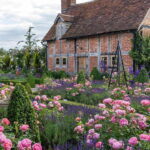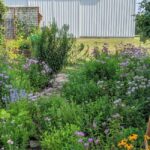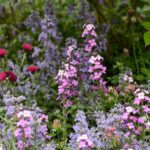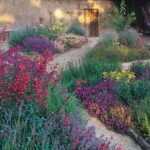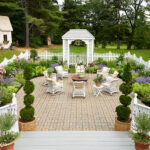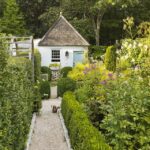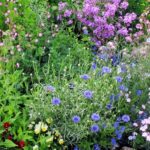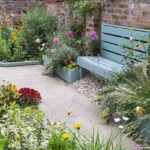Cottage gardens are charming and picturesque spaces that evoke a sense of nostalgia and simplicity. These gardens are characterized by their abundance of colorful flowers, lush green foliage, and a relaxed, informal design. Traditionally, cottage gardens were created around small country cottages and provided both beauty and practicality, with a variety of flowers, herbs, and vegetables grown together in harmony.
One of the key features of a cottage garden is its informal layout. Unlike formal gardens with structured beds and perfectly manicured lawns, cottage gardens have a more relaxed and natural feel. Plants are often mixed together in a seemingly haphazard way, creating a wild and whimsical look that is both inviting and enchanting. This informal design allows for a diverse range of plant species to thrive, creating a rich tapestry of colors and textures.
The plant selection in a cottage garden is typically diverse and includes a mix of perennials, annuals, and biennials. Flowering plants such as roses, foxgloves, delphiniums, and hydrangeas are common choices, as they add color and fragrance to the garden. Herbs like lavender, thyme, and rosemary are also popular additions, providing both beauty and practicality. Vegetables and fruits may also be grown in a cottage garden, adding to its functionality and charm.
Cottage gardens are known for their abundant blooms and vibrant colors. Flowers are often arranged in loose drifts or clusters, creating a riot of color that changes with the seasons. Bright hues like pinks, purples, yellows, and blues dominate the color palette, adding a cheerful and lively atmosphere to the garden. The profusion of flowers also attracts pollinators like bees and butterflies, making cottage gardens not only beautiful but also beneficial to the environment.
Maintaining a cottage garden is relatively low maintenance compared to more formal gardens. With their relaxed and naturalistic design, cottage gardens are forgiving of weeds and imperfections, giving them a more casual and carefree look. Regular deadheading, mulching, and occasional weeding are usually all that is needed to keep a cottage garden looking its best. Over time, the garden will develop its own unique character and charm as plants self-seed and spread throughout the space.
Overall, cottage gardens are a delightful and enchanting addition to any home. Their relaxed and informal design, diverse plant selection, vibrant colors, and low maintenance requirements make them a popular choice for gardeners of all skill levels. Whether you have a small cottage or a suburban home, a cottage garden can bring a touch of rustic elegance and old-world charm to your outdoor space. With a little creativity and patience, you can create your own slice of paradise with a beautiful and bountiful cottage garden.
